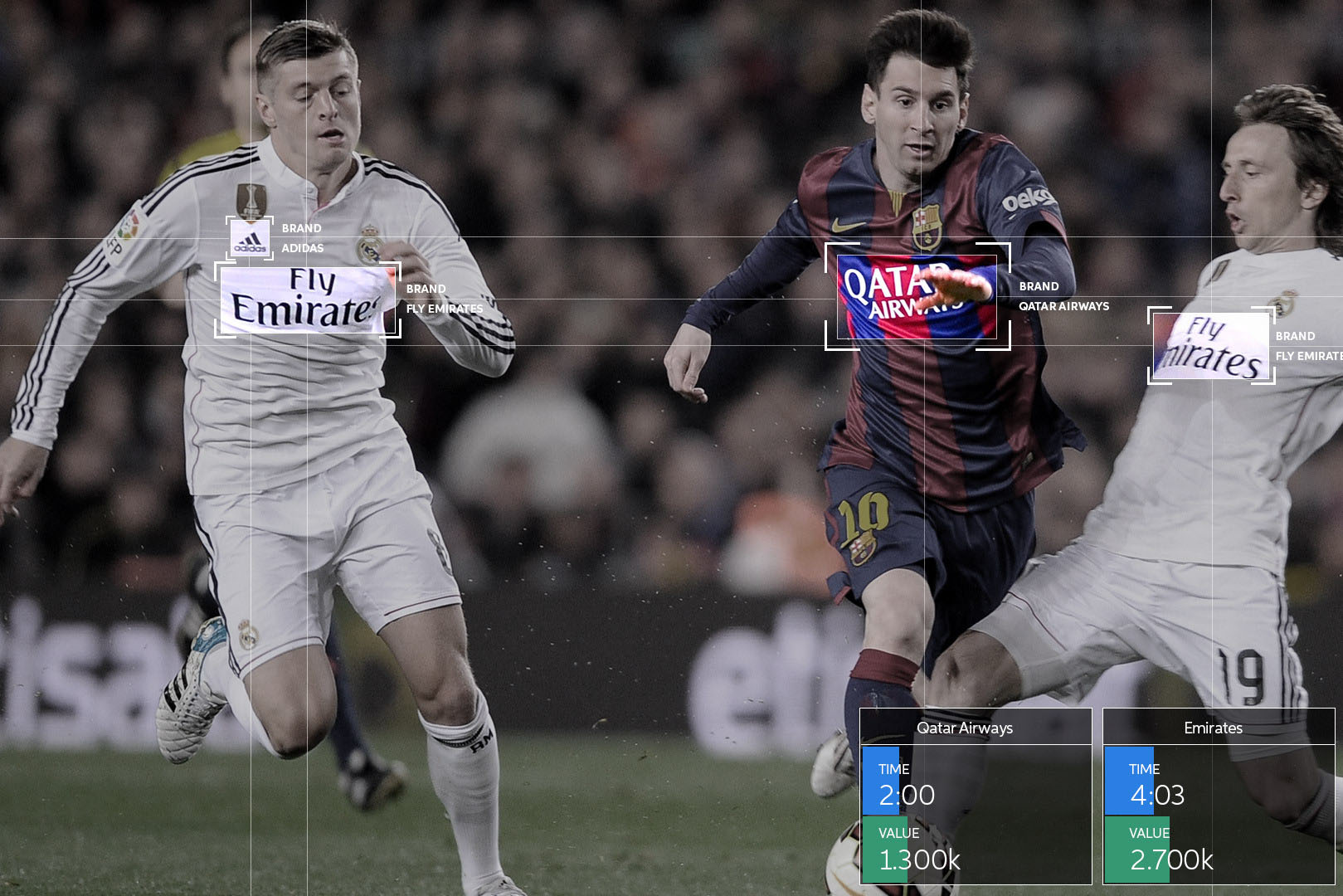3 Ways Brands Can Win The World Cup
Sponsorship and Advertising for the World Cup - Innovate by Hashtag Sports

By
![]() Team Hashtag
•
3 min read
Team Hashtag
•
3 min read
June 6, 2018

Every four years, the World Cup commands the undivided attention of soccer fans around the globe. For marketers, it’s an unparalleled opportunity to reach a huge number of consumers—totaling an estimated 3.2 billion in 2014—in a truly thrilling environment. With this year’s tournament set to kick off in June, take a look at how advertisers can maximize their presence and go beyond traditional engagement and measurement at one of the world’s biggest sporting events.
Keep Score of Sponsorships
Sports sponsorship is no longer just about how many eyeballs can be reached on broadcast TV.
Social media is now the go-to way for fans to share and discuss what’s happening with their favorite sports. Sports enthusiasts are now posting short-form video highlights, GIFs, memes and live streams across a range of platforms.
Sponsors and broadcast rights holders need to shift their thinking about the value of sports sponsorship. Their metrics need to cover a lot more ground, tracking engagement across platforms, in multiple formats, and from official and unofficial sources.
Computer vision can tackle this complex task. Using advanced sport detection algorithms to scan photos and videos and recognize relevant logos and images, so teams, brands and media organizations can assess the true media value of sports signage. The results can be surprising.
We used our computer vision technology to analyze which FIFA partners were the most visible across social media during the 2014 World Cup.
The system processed millions of photos and videos posted and shared on social media platforms. We discovered Adidas was by far the most visible brand of the tournament.
The company’s role as Apparel Sponsor meant Adidas had consistent brand exposure. But other brands were playing a game of chance when it came to the value of their sponsorships. The seven FIFA brand partners were on a 30-second rotation in the arena, and exposure depended on whose logo happened to be displayed around the pitch when a goal was made.
The lesson: If you’re not capturing brand impressions in a holistic manner, you probably don’t have an accurate picture of the impact of your sports sponsorships.
Own the Moment
The World Cup is expensive. Last year it was reported that Chinese smartphone maker Vivo would pay $75 million to $85 million a year to sponsor FIFA tournaments through 2022.
There’s now a complementary way for brands to own key moments during the World Cup. Every day, images of matches and athletes will flood social media and editorial websites. Using AI-powered image targeting, brands can find this visual content and contextually align their messaging with that content.
It gives companies the chance to add value to existing sponsorships, extend their reach, or even siphon sponsorship value away from a competitor—without the astronomical costs. Algorithms can find an image on a premium publisher’s site that contains a Nike logo, perform a contextual analysis to ensure that the content is safe and tone-appropriate, and serve up ads for a rival apparel brand.
The lesson: With image targeting, brands can wrap their message around key moments of the World Cup on editorial websites and social media in a cost-effective way.
Go Beyond the Broadcast
The most popular television sponsorships offer a powerful punch of exposure—netting a brand an audience of several million in a day. But consumer interest in an event almost always extends beyond one day. Image targeting helps advertisers take advantage of that long tail of attention.
After a competition there may be recaps, opinion pieces, profiles and more. An Olympic medal could result in a human-interest story in Parade magazine. With image targeting technology, brands can automatically identify the coverage that persists well beyond an event and surround it with advertising.
Take a look at the athletes, agencies, and creatives behind the year's best campaigns.
Read More
The lesson: Image targeting allows brands to expand their online presence beyond a live event.
As technology has made large leaps over the past four years—and more is surely to come before the next World Cup. Winning brands, stay tuned.

Phil Schraeder is President and COO of GumGum, an artificial intelligence company with a focus on computer vision. Their mission is to unlock the value of visual content produced daily across diverse data sets. You can connect with Phil here.
Learn more about Sponsorship and Advertising at our annual innovation conference, Hashtag Sports.